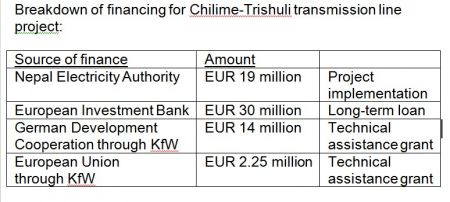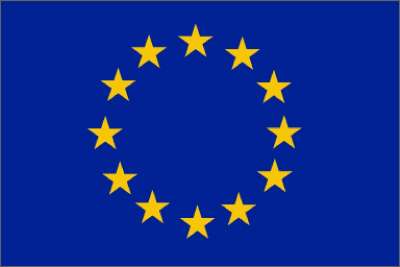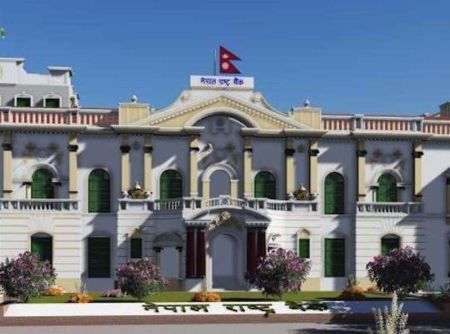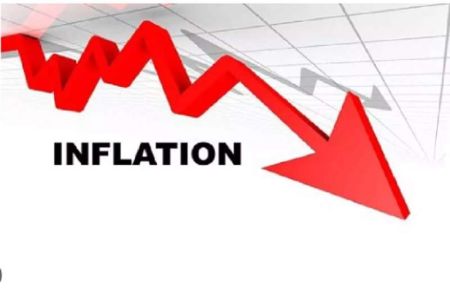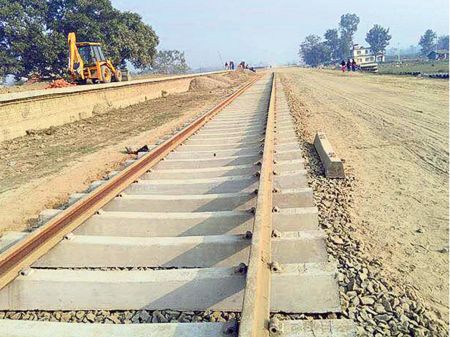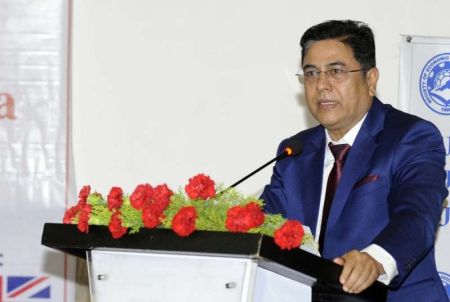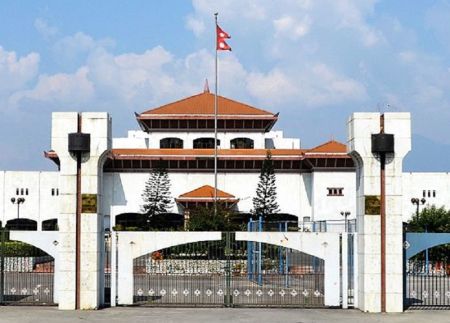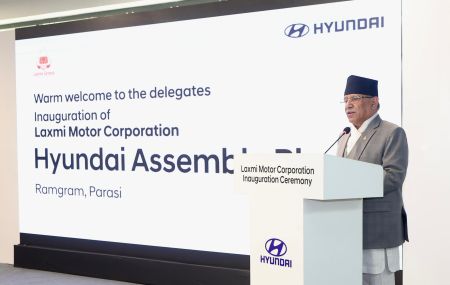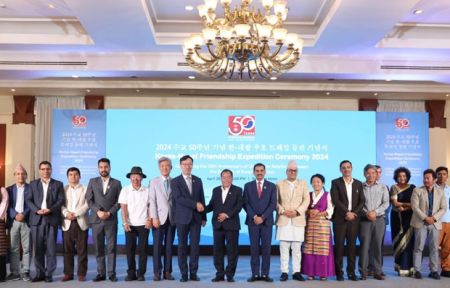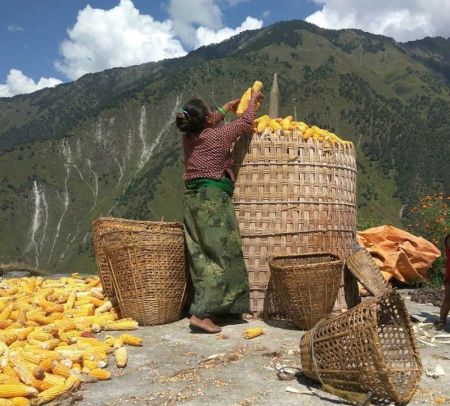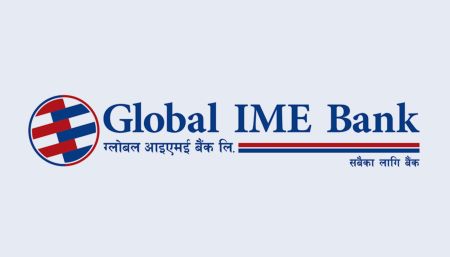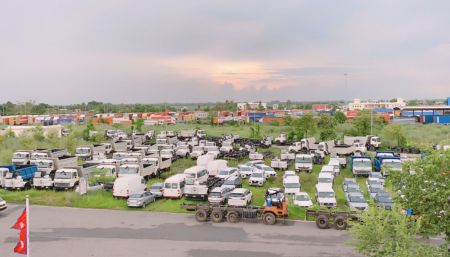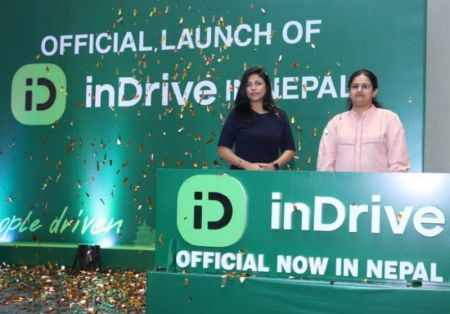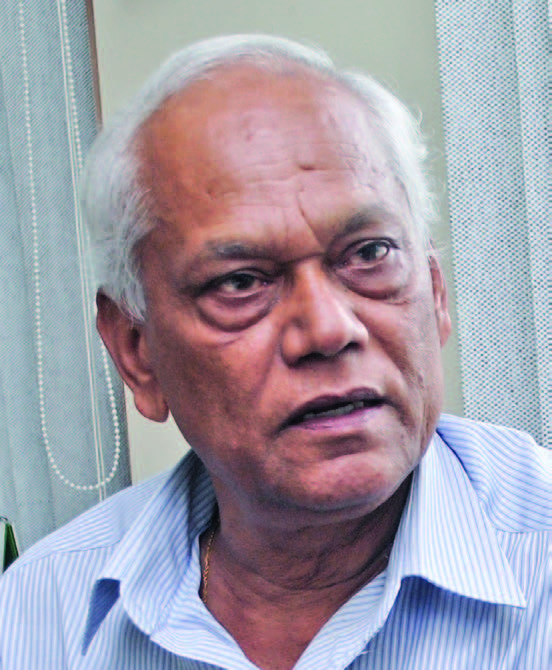 Dr Shubh N Mahato is the Country Director of Heifer International Nepal. Heifer has recently announced its strategic plans for the next ten years. The plans are in line with the organisation’s area of work – agriculture, livestock, poverty reduction and livelihood enhancement of 500,000 households across 28 districts. In an interview with Gaurav Aryal of The Corporate, Mahato talked about long term programmes and their sustainability. Excerpts:
Dr Shubh N Mahato is the Country Director of Heifer International Nepal. Heifer has recently announced its strategic plans for the next ten years. The plans are in line with the organisation’s area of work – agriculture, livestock, poverty reduction and livelihood enhancement of 500,000 households across 28 districts. In an interview with Gaurav Aryal of The Corporate, Mahato talked about long term programmes and their sustainability. Excerpts: How is Heifer International’s new 10 years strategic plan different than that of the past?
Earlier we used to make strategic plans for five years. Earlier, Heifer’s staff were mobilised along with the participation of stakeholders. We used to have certain targets and strategies were formulated to achieve them. Then we used to design projects targeting up to 500 households. And, NGOs would take up sub projects to be implemented in their working areas.
Now, we involve more on situation analysis of the country and identify the gaps in the sector where Heifer works and how Heifer can fill it. We also look at government priorities in the sector where Heifer works while doing situation analysis and find out areas where our strength lies and where we can contribute best to derive optimum benefits for people. Similarly, instead of projects, we will formulate programmes under which projects will cater to at least 1000 families. Rather than five years, now we are making 10 years strategic plan on the basis of nation’s priorities, actual situation analysis and value chain studies.
How do you plan to reduce the duplication of the projects under the new plan?
It is not an easy task but we are also concerned about it. There are heavy investments made by different organisations in the projects of similar nature that generate few returns. Our sub-projects are implemented in the VDC level. In coordination with the concerned VDC, we try to find what other projects are being implemented there. We also ensure that the projects are not owned by Heifer or an NGO but by that VDC. But, for that, out of the total size of the project, 25 per cent must be contributed by the VDC. As VDC is handed over the responsibilities for project implementation, they will merge similar projects with similar targets by other organisations. As the projects are made in VDC’s coordination and implemented and monitored by them, it would largely help to reduce duplication. We started this model from April, 2012 and will be continued also in the future projects.
How do you ensure that the benefits of projects you implement continue even after the project comes to an end?
When we design projects we make sure that projects are not owned by Heifer but they are people’s project. Local people must take the ownership through the self help groups. If the members of the groups are not willing to help themselves, we do not work there. They must have commitments like compulsory monthly savings and utilising that in productive works. None of the projects of Heifer is longer than two to three years. In many cases I have found that the real impacts of the projects begin after that. Activities like compulsory savings are there to stay once it becomes people’s culture. We encourage people to affiliate their groups to cooperatives and tie up with the banks so that it would help them to further expand their business. Such activities make a project sustainable. When the local bodies, VDC and stakeholders are the part of the project, usually the projects become sustainable.
How does Heifer International ensure the transparency of mobilised funds?
For this purpose, a project management and implementation committee is formed with representatives from beneficiaries and stakeholders, self help groups, VDC, donors, NGOs and Heifer. This committee has the records of the details of the funds coming for the particular project from a particular source. Monitoring and evaluation of the projects is done at the local level by this committee. This has helped to maintain transparency. Similarly, NGOs responsible for project implementation, must regularly report to us and the Heifer regularly carries out financial monitoring and auditing. If we find any irregularities, we have a zero tolerance policy towards such activities. Such measures have helped maintain high transparency and accountability of resource mobilisation.


